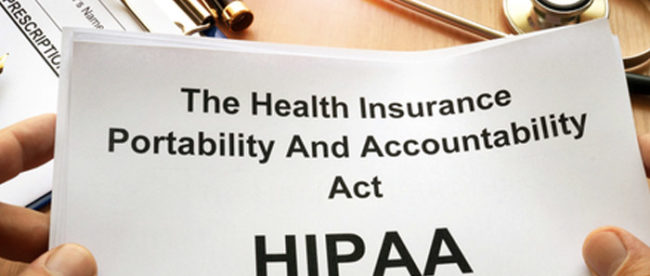Pacific Prime - Truths
Pacific Prime - Truths
Blog Article
Get This Report about Pacific Prime
Table of ContentsGet This Report on Pacific PrimeAbout Pacific PrimeHow Pacific Prime can Save You Time, Stress, and Money.Get This Report about Pacific PrimePacific Prime - The Facts

This is since the information were collected for a duration of solid economic performance. Of the approximated 42 million individuals that were uninsured, almost concerning 420,000 (about 1 percent) were under 65 years of age, the age at which most Americans end up being qualified for Medicare; 32 million were grownups between ages 18 and 65, about 19 percent of all grownups in this age; and 10 million were youngsters under 18 years of age, regarding 13.9 percent of all kids (Mills, 2000).
These price quotes of the number of persons without insurance are produced from the annual March Supplement to the Existing Populace Study (CPS), conducted by the Census Bureau. Unless or else kept in mind, nationwide estimates of people without medical insurance and percentages of the populace with various kinds of coverage are based on the CPS, the most widely utilized source of quotes of insurance policy protection and uninsurance prices.
What Does Pacific Prime Mean?

Still, the CPS is particularly helpful because it produces yearly quotes fairly rapidly, reporting the previous year's insurance protection approximates each September, and because it is the basis for a consistent collection of quotes for more than two decades, enabling analysis of trends in insurance coverage with time. For these factors, in addition to the comprehensive use the CPS in various other research studies of insurance protection that exist in this report, we rely on CPS estimates, with limitations kept in mind.

The price quote of the number of without insurance people increases when a population's insurance standing is tracked for several years. Over a three-year duration starting home early in 1993, 72 million people, 29 percent of the U.S. https://www.openstreetmap.org/user/pacificpr1me. population, were without insurance coverage for at the very least one month. Within a single year (1994 ), 53 million individuals experienced at least a month without protection (Bennefield, 1998a)
Six out of every ten without insurance adults are themselves employed. Although functioning does improve the likelihood that and one's member of the family will have insurance policy, it is not an assurance. Even participants of families with 2 full time wage earners have nearly a one-in-ten chance of being without insurance (9.1 percent uninsured price) (Hoffman and Pohl, 2000).
The 10-Minute Rule for Pacific Prime
New immigrants represent a considerable percentage of people without wellness insurance policy. One evaluation has associated a substantial portion of the recent growth in the dimension of the united state without insurance population to immigrants who arrived in the country between 1994 and 1998 (Camarota and Edwards, 2000). Recent immigrants (those that involved the USA within the previous 4 years) do have a high price of being uninsured (46 percent), but they and their children account for just 6 percent of those without insurance coverage country wide (Holahan et al., 2001).
The connection in between wellness insurance policy and accessibility to care is well developed, as recorded later in this chapter. Although the connection between medical insurance and health and wellness results is neither direct nor easy, a considerable professional and wellness solutions study literary works web links medical insurance coverage to improved access to care, better quality, and boosted individual and population health status.
Levels of evaluation for taking a look at the results of uninsurance. It focuses especially on those without any wellness insurance for any kind of size of time.
Everything about Pacific Prime
The problems encountered by the underinsured are in some areas similar to those faced by the without insurance, although they are typically less extreme. Health and wellness insurance coverage, however, is neither necessary neither sufficient to obtain accessibility to medical solutions. The independent and direct result of health insurance policy coverage on accessibility to health and wellness solutions is well established.
Others will certainly acquire the wellness treatment they need also without health insurance policy, by paying for it expense or seeking it from suppliers who supply care cost-free or at extremely subsidized prices. For still others, health insurance policy alone does not guarantee invoice of treatment due to various other nonfinancial barriers, such as a lack of wellness care suppliers in their community, restricted accessibility to transport, illiteracy, or linguistic and cultural distinctions.
The Definitive Guide to Pacific Prime
Formal research about uninsured populations in the United States dates to the late 1920s and very early 1930s when the Board on the Expense of Treatment generated a series of reports about financing medical professional workplace gos to and hospital stays. This concern came to be prominent as the numbers of medically indigent climbed up throughout the Great Depression.
Report this page